
Deutsch-Chinesische Enzyklopädie, 德汉百科
 Cantabria
Cantabria
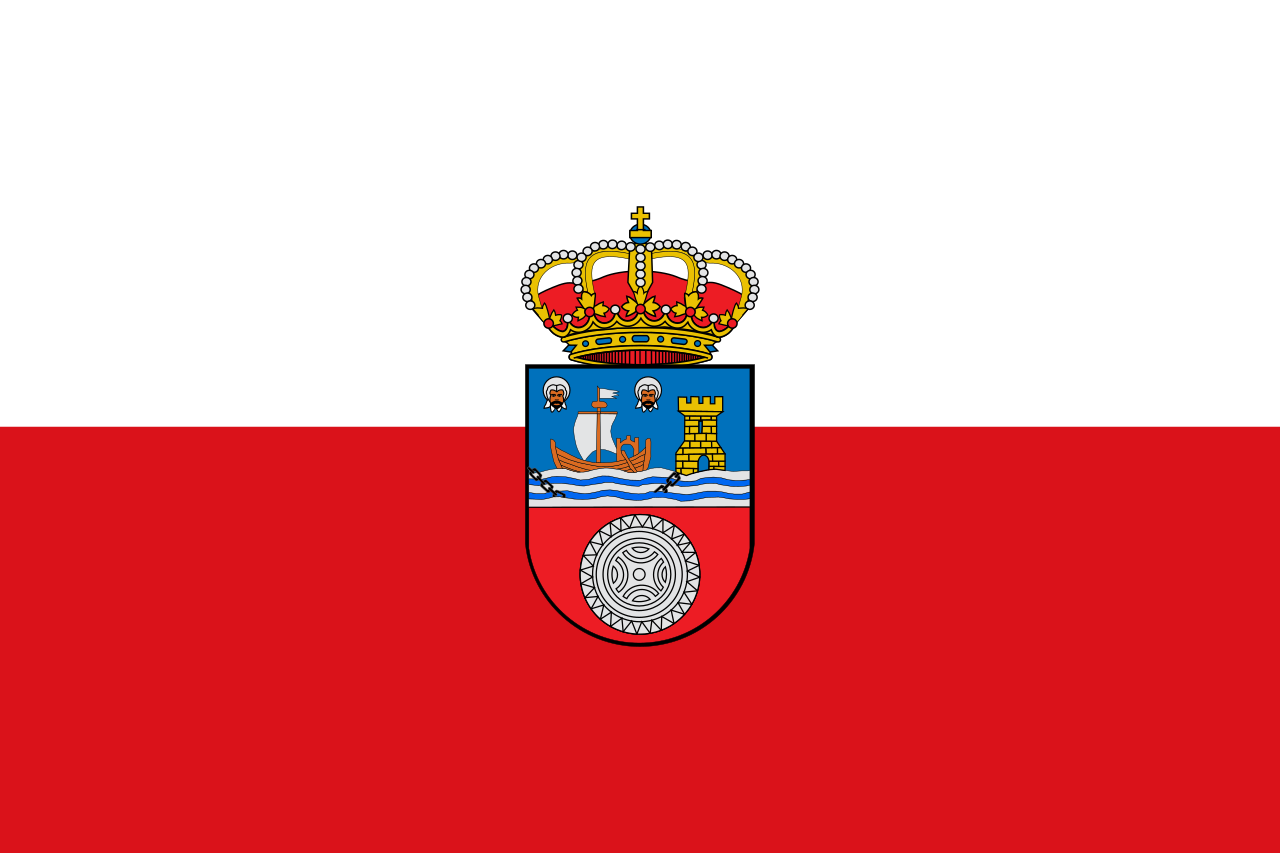

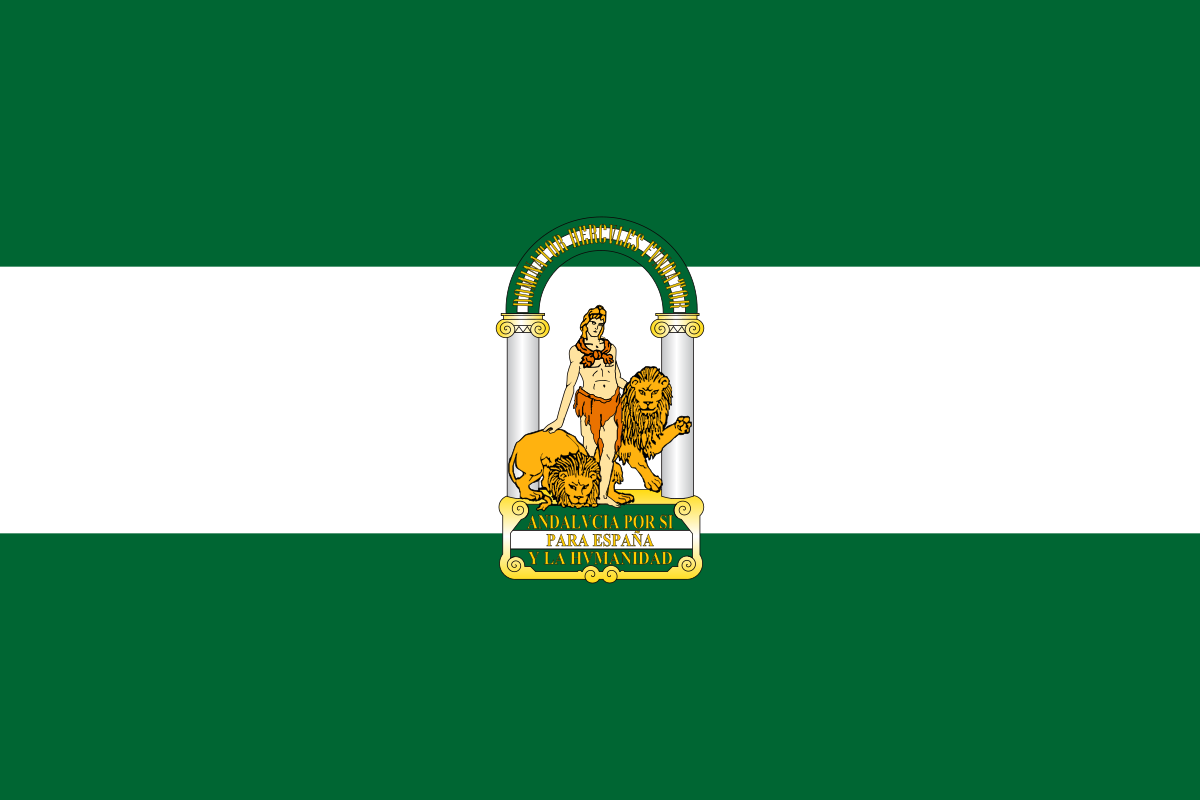 Andalusia
Andalusia

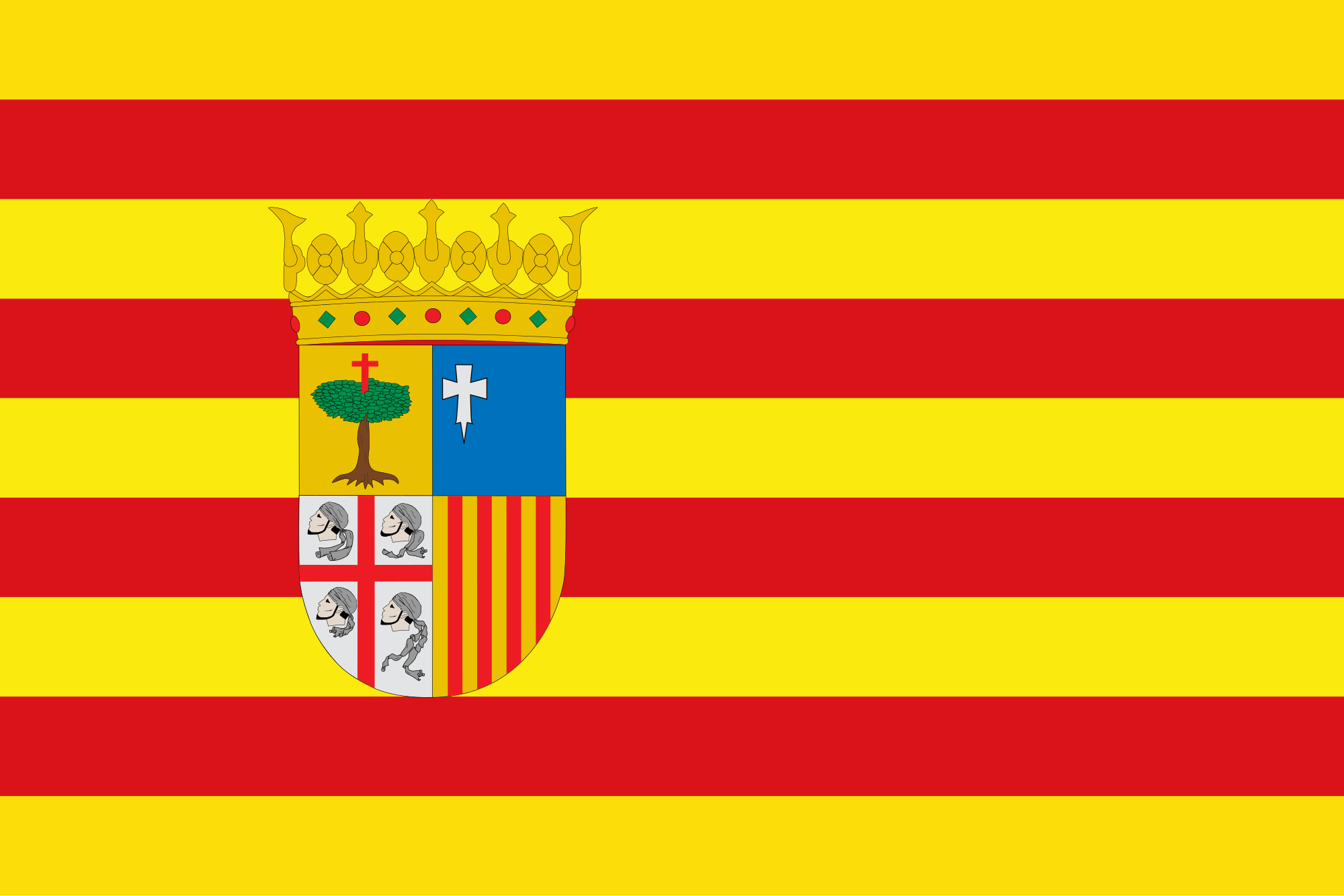 Aragón
Aragón

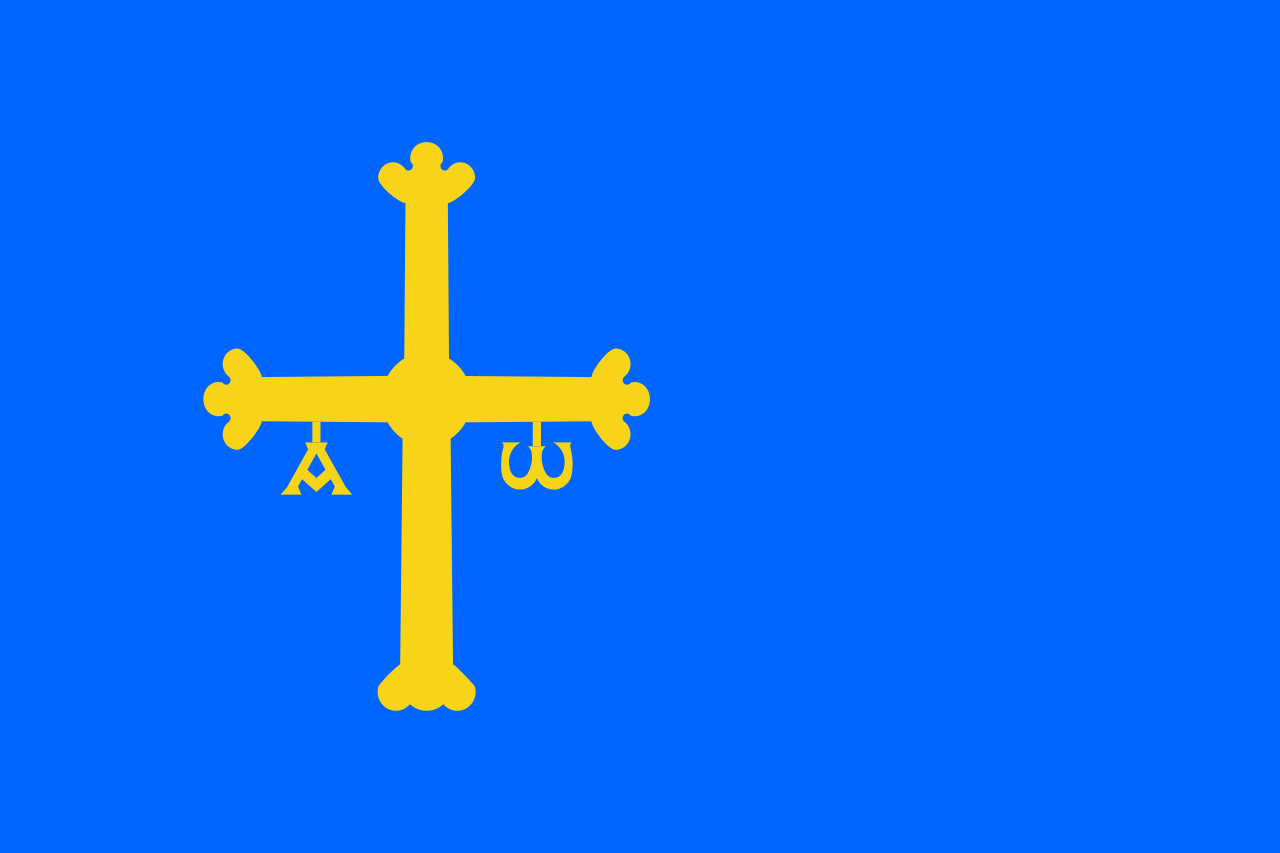 Asturias
Asturias

 Cantabria
Cantabria

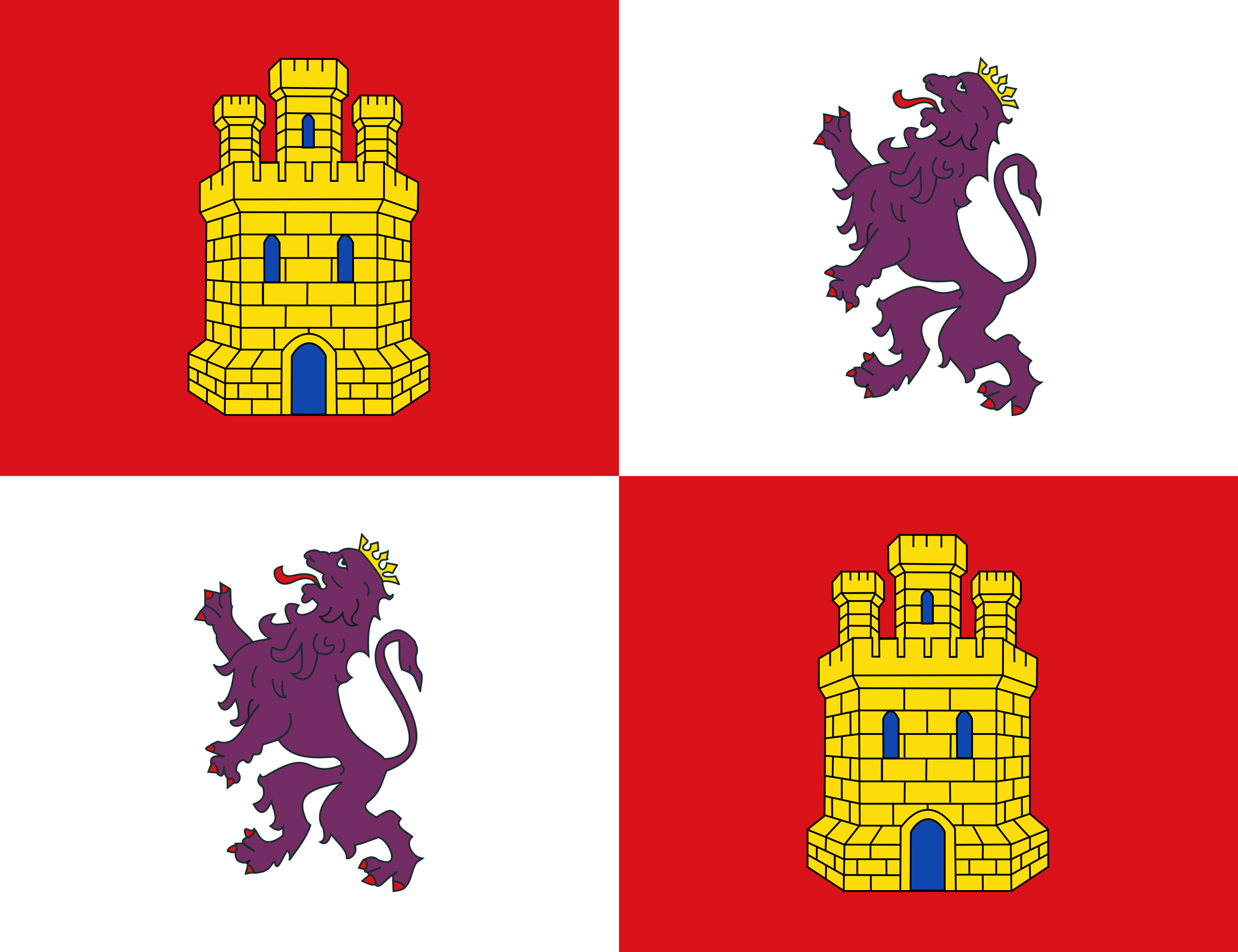 Castilla y León
Castilla y León

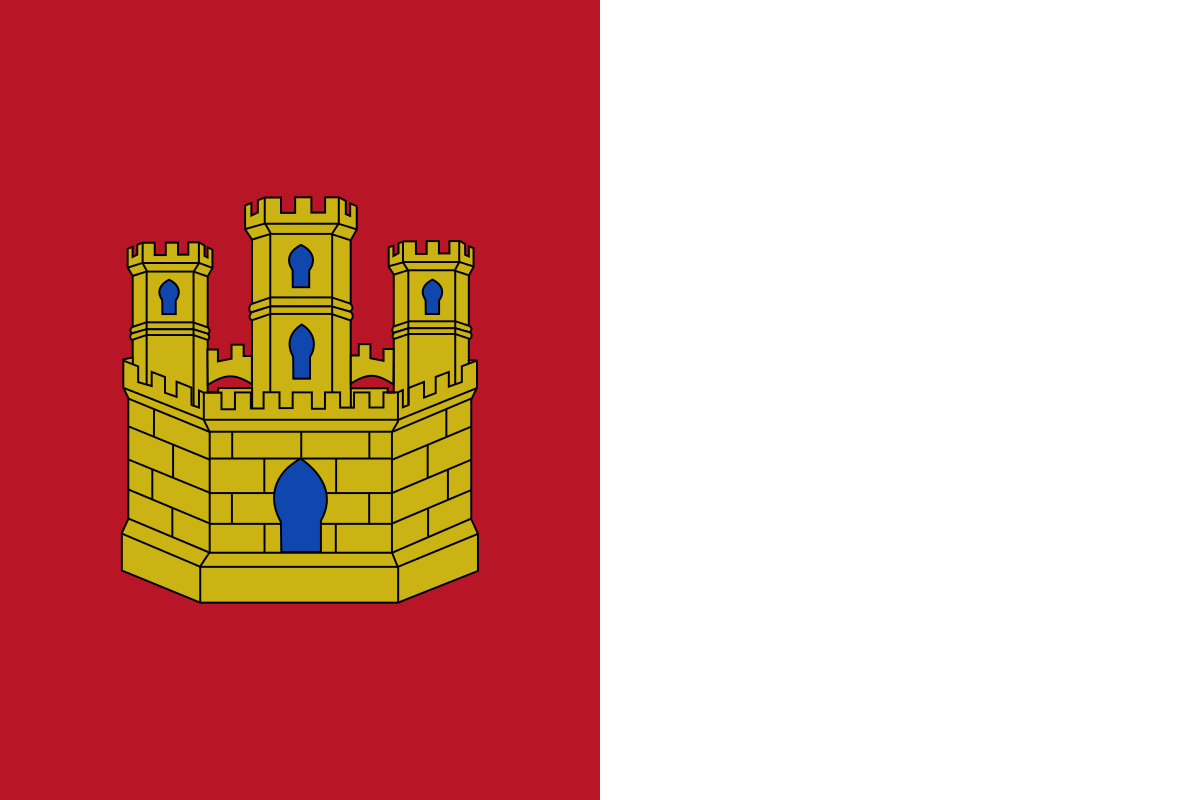 Castilla-La Mancha
Castilla-La Mancha

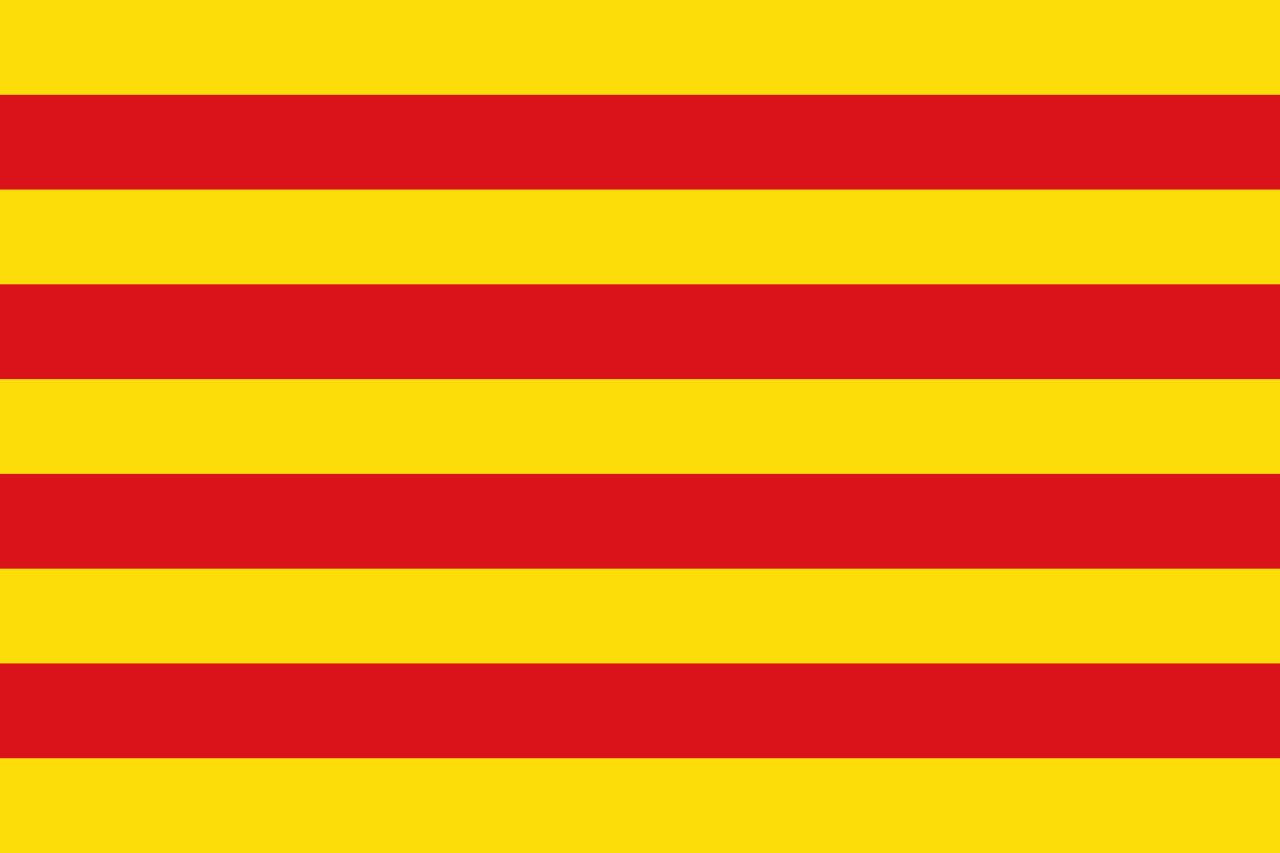 Cataluña
Cataluña

 Comunidad Autónoma del País Vasco
Comunidad Autónoma del País Vasco

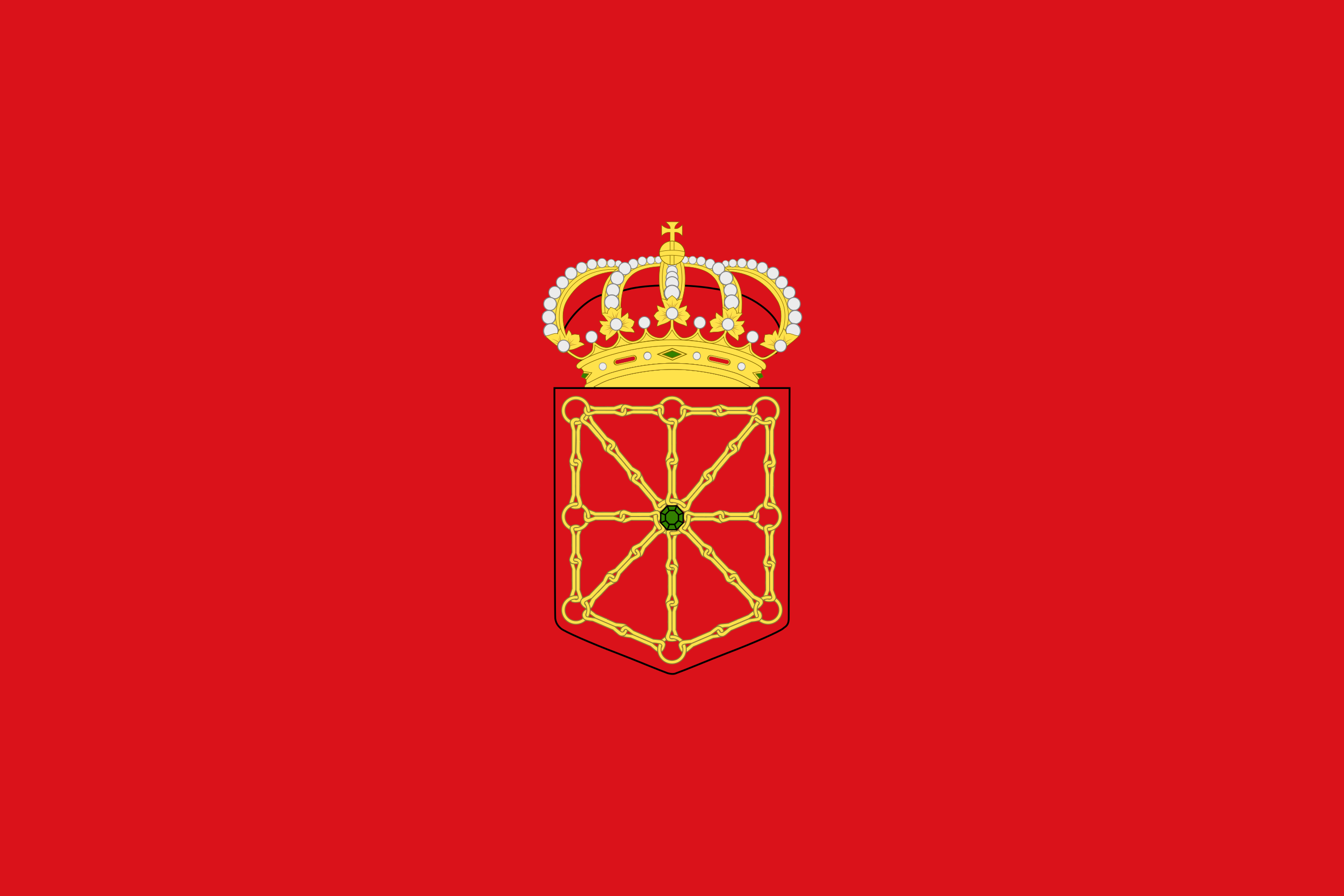 Foral Community of Navarra
Foral Community of Navarra

 Valencian Community
Valencian Community

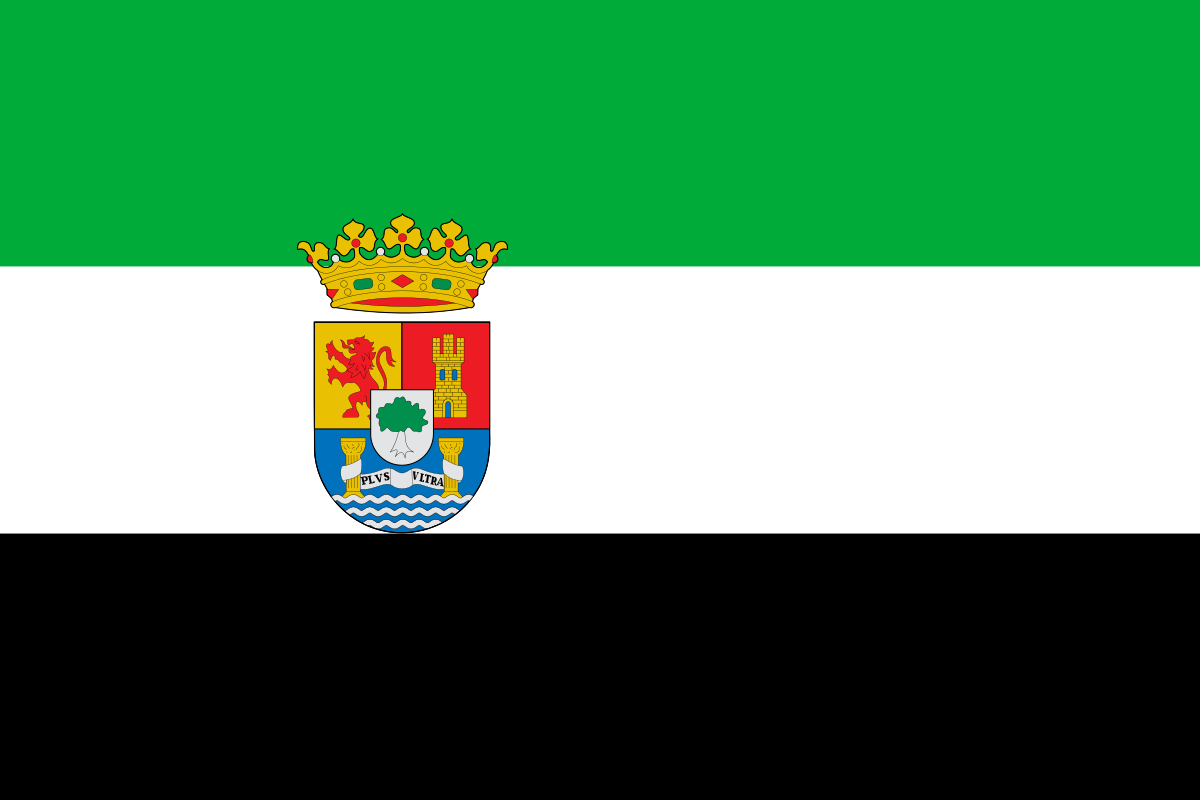 Extremadura
Extremadura

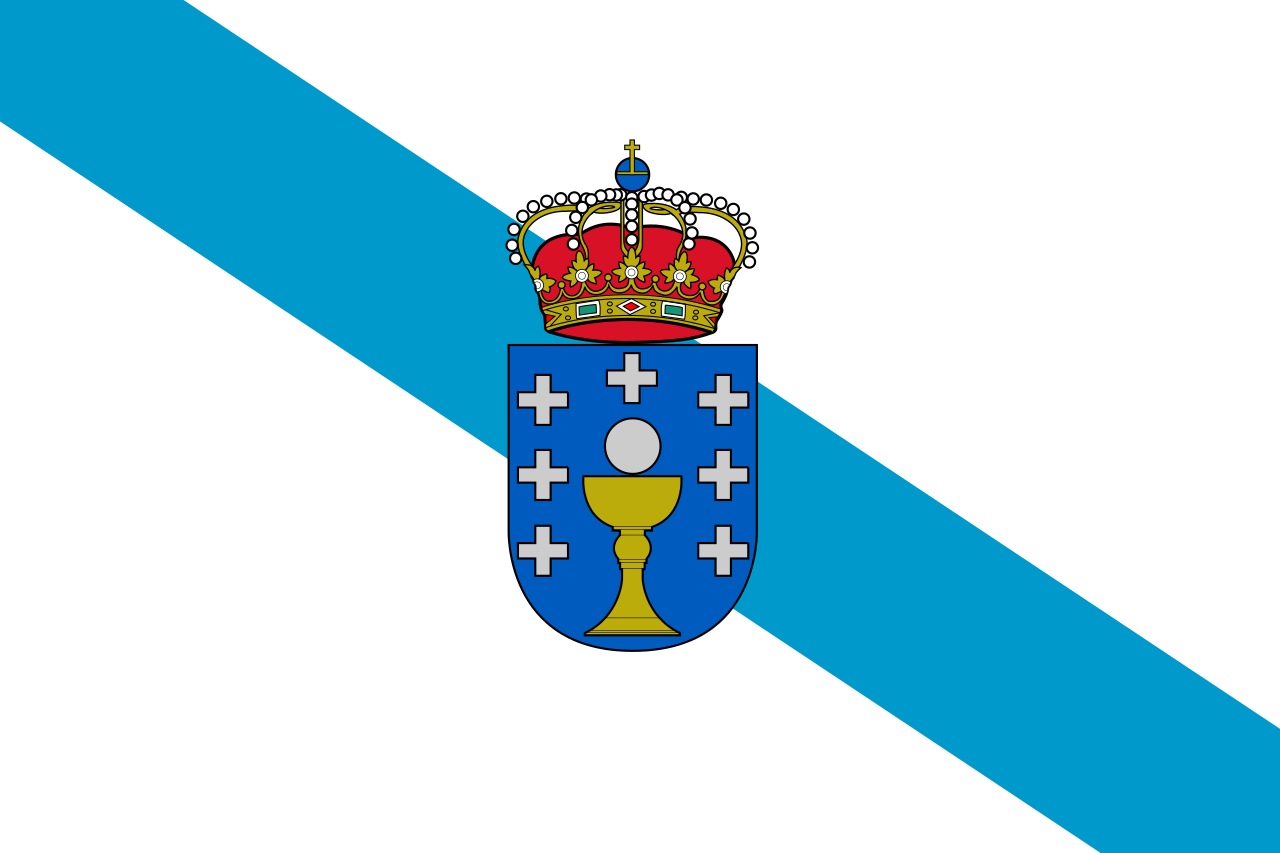 Galicia
Galicia

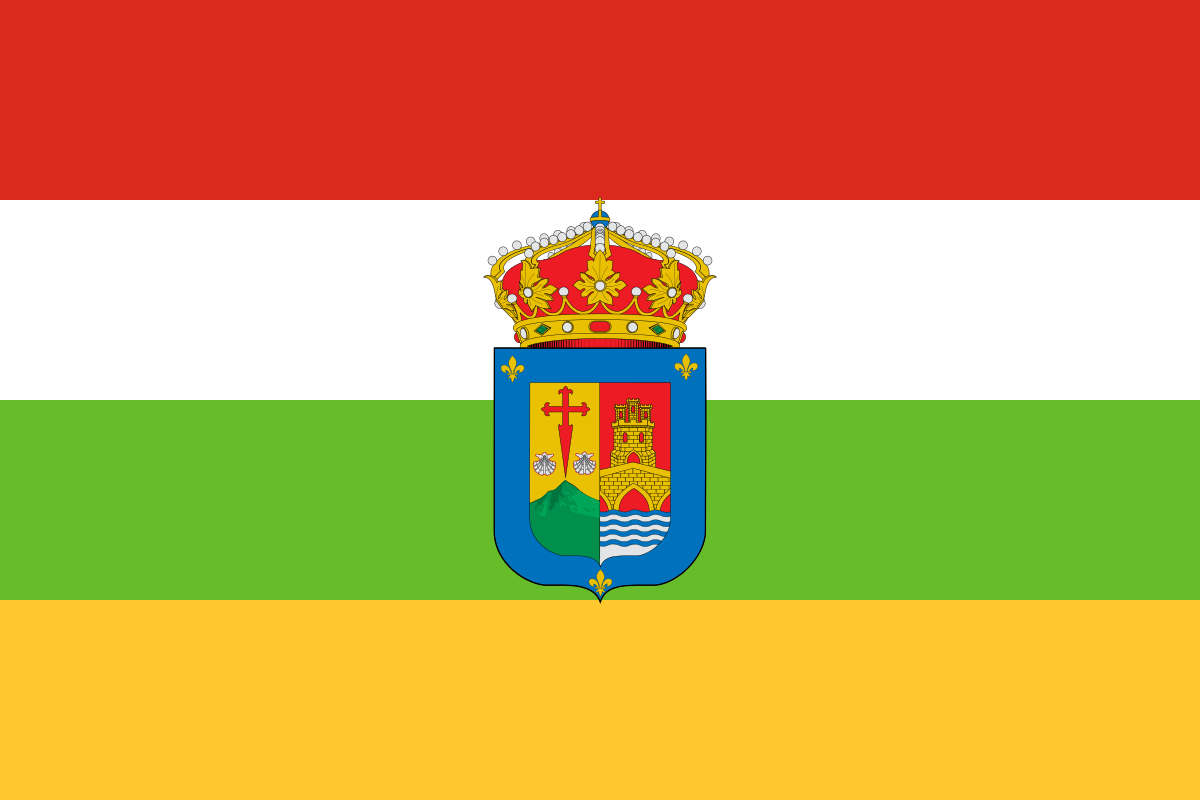 La Rioja
La Rioja

 Madrid
Madrid

 Murcia
Murcia
 Spain
Spain
 High speed train technology
High speed train technology
 Rad-Schiene-System
Rad-Schiene-System
 High speed train technology
High speed train technology
 Central drive
Central drive

 Transport and traffic
Transport and traffic
 High speed traffic
High speed traffic

 Transport and traffic
Transport and traffic
 High speed train technology
High speed train technology


 Aragón
Aragón

 Cantabria
Cantabria

 Castilla y León
Castilla y León

 Cataluña
Cataluña

 Comunidad Autónoma del País Vasco
Comunidad Autónoma del País Vasco

 Foral Community of Navarra
Foral Community of Navarra

 Valencian Community
Valencian Community

 La Rioja
La Rioja
 Spain
Spain
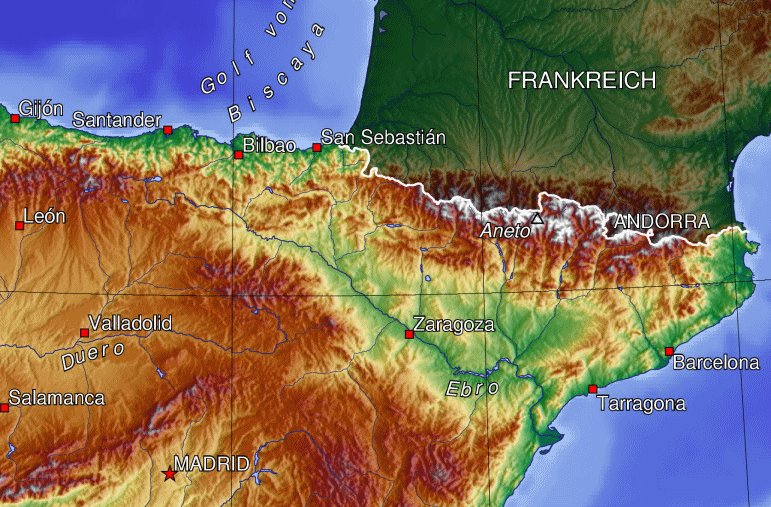

阿尔塔米拉洞(西班牙语:Cueva de Altamira)位于西班牙北部的坎塔布里亚自治区首府桑坦德市以西30公里的桑蒂利亚纳戴尔马尔小镇。洞内有距今至少12000年以前的旧石器时代晚期的人类原始绘画艺术遗迹。石洞壁画绘有野牛、猛犸等多种动物。
该洞穴是第一个被发现的绘有史前人类壁画的洞穴。这个发现于1880年首次公布,直到20世纪初一直有许多专家不相信史前人类有能力创作这样精美的画。直到1902年,洞穴壁画的真实性才得到确认,也因此人们改变了对史前人类的认知。
The Cave of Altamira (Spanish: Cueva de Altamira; pronounced [ˈku̯e.βa ðe al.ta.ˈmi.ɾa]) is located near the historic town of Santillana del Mar in Cantabria, Spain. It is renowned for prehistoric parietal cave art featuring charcoal drawings and polychrome paintings of contemporary local fauna and human hands. The earliest paintings were applied during the Upper Paleolithic, around 36,000 years ago.[1] The site was only discovered in 1868 by Modesto Cubillas.[2]
Aside from the striking quality of its polychromatic art, Altamira's fame stems from the fact that its paintings were the first European cave paintings for which a prehistoric origin was suggested and promoted.Marcelino Sanz de Sautuola published his research with the support of Juan de Vilanova y Piera in 1880 to initial public acclaim. However, the publication of Sanz de Sautuola's research quickly led to a bitter public controversy among experts, some of whom rejected the prehistoric origin of the paintings on the grounds that prehistoric human beings lacked sufficient ability for abstract thought. The row continued until 1902, as reports of similar findings of prehistoric paintings in the franco-cantabrian region had accumulated, and the evidence could no longer be rejected.[3]
Altamira is located in the Franco-Cantabrian region and declared a World Heritage Site by UNESCO as a key location of the Cave of Altamira and Paleolithic Cave Art of Northern Spain.[4]
La grotte d’Altamira est une grotte ornée située en Espagne à Santillana del Mar, près de Santander (Cantabrie). Elle renferme l'un des ensembles picturaux les plus importants de la Préhistoire. Il date de la fin du Paléolithique supérieur, du Magdalénien. Son style artistique relève de ce que l’on appelle l'art préhistorique franco-cantabrique, caractérisé notamment par le réalisme des représentations et par ses thèmes animaliers.
La grotta di Altamira è una caverna spagnola famosa per le pitture parietali del Paleolitico superiore raffiguranti mammiferi selvatici e mani umane. Si trova nei pressi di Santillana del Mar in Cantabria, 30 chilometri ad ovest di Santander, nel nord della Spagna.
È stata inclusa tra i Patrimoni dell'umanità dell'UNESCO nel 1985. Nel 2008 il nome del patrimonio è stato modificato da "Grotta di Altamira" in "Grotta di Altamira e arte rupestre paleolitica della Spagna settentrionale" in seguito all'aggiunta di 17 altre grotte.[1]
La cueva de Altamira es una cavidad natural en la roca en la que se conserva uno de los ciclos pictóricos y artísticos más importantes de la prehistoria.1 Forma parte del conjunto Cueva de Altamira y Arte Rupestre Paleolítico de la Cornisa Cantábrica, declarado Patrimonio Mundial por la Unesco.2 Está situada en el municipio español de Santillana del Mar, Cantabria, a unos dos kilómetros del centro urbano, en un prado del que tomó el nombre.3
Desde su descubrimiento en 1868 por Modesto Cubillas y su posterior estudio por Marcelino Sanz de Sautuola ha sido excavada y estudiada por los principales prehistoriadores de cada una de las épocas una vez que fue admitida su pertenencia al Paleolítico.
Las pinturas y grabados de la cueva pertenecen a los períodos Magdaleniense y Solutrense principalmente y, algunos otros, al Gravetiense4 y al comienzo del Auriñaciense, esto último según pruebas utilizando series de uranio. De esta forma se puede asegurar que la cueva fue utilizada durante varios periodos, sumando 22 000 años de ocupación, desde hace unos 35 600 hasta hace 13 000 años, cuando la entrada principal de la cueva quedó sellada por un derrumbe, todos dentro del Paleolítico superior.56
El estilo de gran parte de sus obras se enmarca en la denominada «escuela franco-cantábrica», caracterizada por el realismo de las figuras representadas. Contiene pinturas polícromas, grabados, pinturas negras, rojas y ocres que representan animales, figuras antropomorfas, dibujos abstractos y no figurativos.7
En cuanto a su techo de los polícromos ha recibido calificativos como «Capilla Sixtina» del arte rupestre;789 «...la manifestación más extraordinaria de este arte paleolítico...»,10 «... la primera cueva decorada que se descubrió y que continúa siendo la más espléndida»11 y «...si la pintura rupestre [paleolítica] es el ejemplo de una gran capacidad artística, la cueva de Altamira representa su obra más sobresaliente»12 nos indican la gran calidad y belleza del trabajo del hombre magdaleniense en este recinto.
Fue declarada Patrimonio de la Humanidad por la Unesco en 1985.13 En el año 2008 se hizo una extensión de la nominación a otras 17 cuevas del País Vasco, Asturias y la propia Cantabria, pasándose a llamar el conjunto «Cueva de Altamira y arte rupestre paleolítico del norte de España».714
Альтами́ра (La cueva de Altamira) — пещера в Испании с полихромной каменной живописью эпохи верхнего палеолита (Солютрейская культура). Находится на одноимённом лугу в 2 км от центра городка Сантильяна-дель-Мар в Кантабрии, Испания, в 30 км западнее Сантандера.
Альтамира является естественной пещерой в породе, а рисунки в ней — один из самых важных сохранившихся живописных и художественных циклов первобытного искусства[1].
С момента своего открытия в 1868 году пещера была исследована всеми ведущими специалистами-палеонтологами каждого из периодов палеолита.
Картины и рисунки пещеры в основном принадлежат Мадленской и Солтюрейской культурам, а также некоторым другим, в том числе Граветтской[2] и ранней Ориньякской, как показали последние серии уран-ториевого метода датирования[3][4][5]. Таким образом, есть свидетельства, что пещера использовалась в течение различных периодов общим временем около 22 000 лет, примерно 35 600—13 000 лет назад, пока главный вход в пещеру не был заблокирован оползнем. Всё использование пришлось на период позднего палеолита.
Стиль большей части рисунков принадлежит к так называемой франко-кантабрийской школе, которая характеризуется реализмом представленных фигур. Полихромная живопись и рисунки чёрного, красного и охрового цветов показывают изображения животных и антропоморфов, а также абстрактные и беспредметные изображения.
Полихромный потолок получил такие оценки, как «Сикстинская капелла» первобытного искусства, «…самое необычное проявление палеотического искусства…», «…декорированная пещера, которая обнаружена первой и остается наиболее прекрасной до сих пор» и «..если первобытное искусство является примером больших художественных способностей, пещера Альтамира представляет собой самую замечательную работу». Потолок пещеры показывает высокое качество и красоту работы мадленского человека в этом пространстве.
Пещера была объявлена объектом всемирного наследия ЮНЕСКО в 1985 году. В 2008 году объект был расширен 17 другими пещерами Страны Басков, которые теперь включены в список всемирного наследия в комплексе «Пещера Альтамира и наскальное искусство периода палеолита на севере Испании».





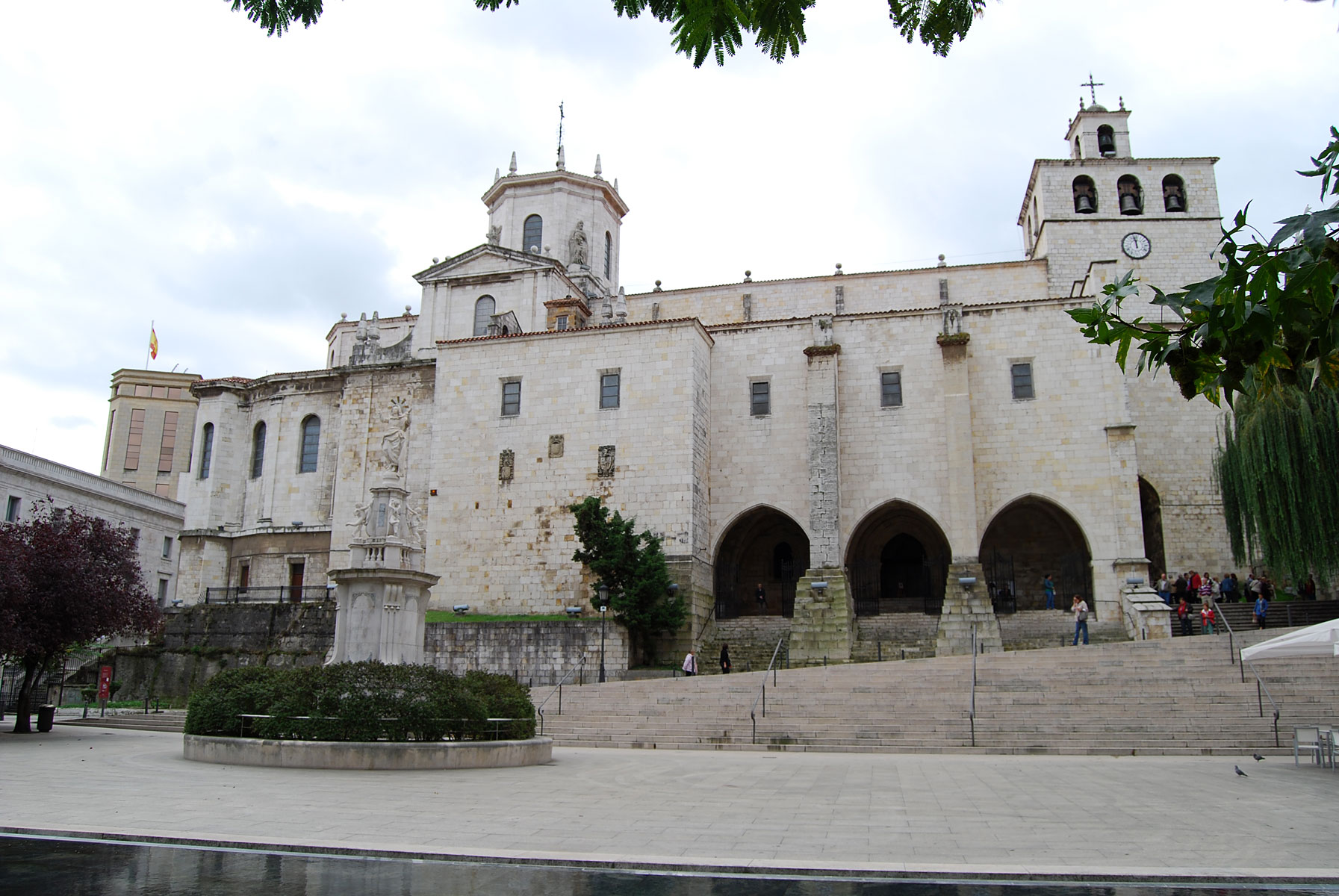


 Andalusia
Andalusia

 Aragón
Aragón

 Asturias
Asturias

 Cantabria
Cantabria

 Castilla y León
Castilla y León

 Castilla-La Mancha
Castilla-La Mancha

 Cataluña
Cataluña

 Comunidad Autónoma del País Vasco
Comunidad Autónoma del País Vasco

 Foral Community of Navarra
Foral Community of Navarra

 Valencian Community
Valencian Community

 Extremadura
Extremadura

 Galicia
Galicia

 La Rioja
La Rioja

 Madrid
Madrid

 Murcia
Murcia
 Spain
Spain
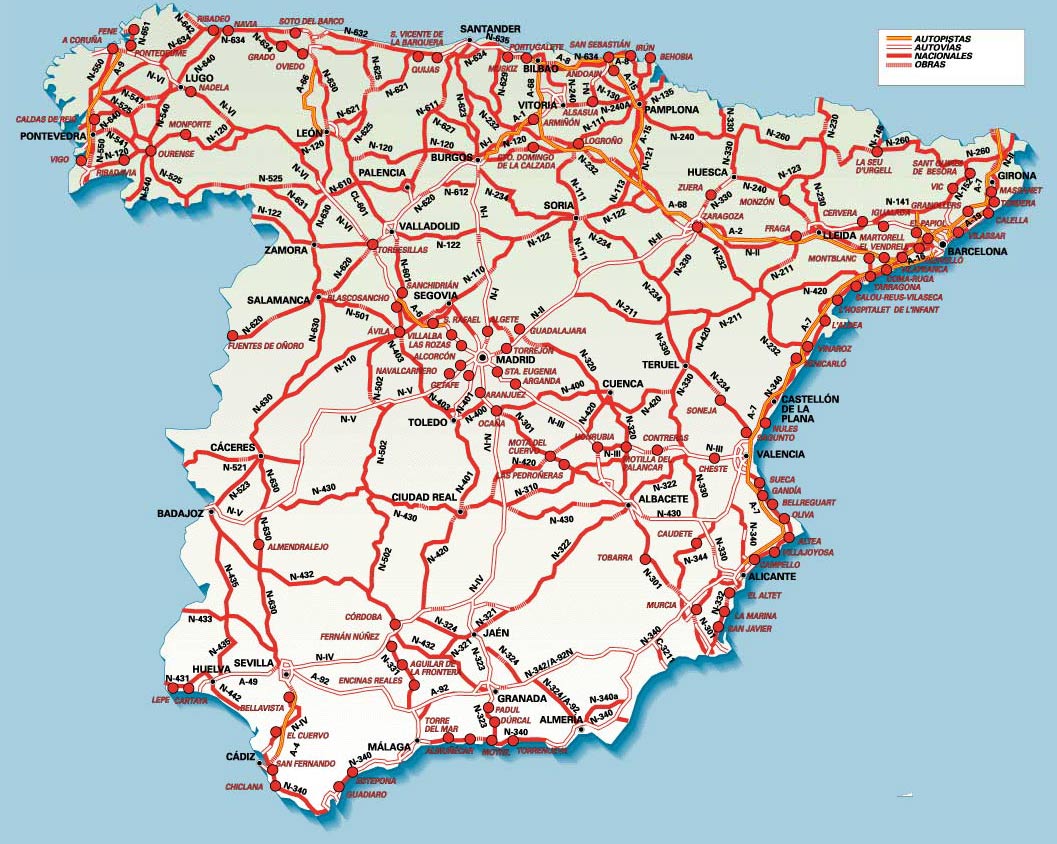

 Andalusia
Andalusia

 Aragón
Aragón

 Asturias
Asturias

 Cantabria
Cantabria

 Castilla y León
Castilla y León

 Castilla-La Mancha
Castilla-La Mancha

 Cataluña
Cataluña

 Comunidad Autónoma del País Vasco
Comunidad Autónoma del País Vasco

 Foral Community of Navarra
Foral Community of Navarra

 Valencian Community
Valencian Community

 Extremadura
Extremadura

 Galicia
Galicia

 Balearic Islands
Balearic Islands

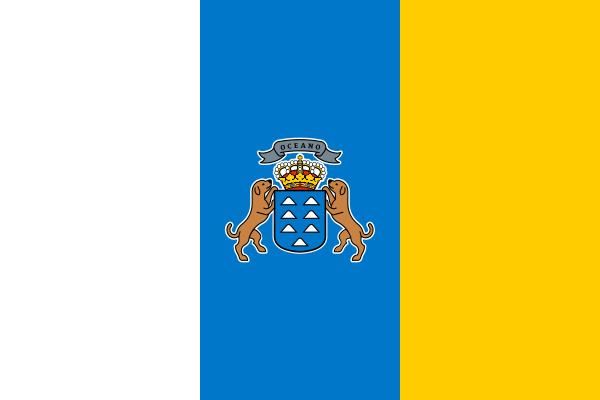 Canary Islands
Canary Islands

 La Rioja
La Rioja

 Madrid
Madrid

 Murcia
Murcia
 Spain
Spain
 UCI World Tour
UCI World Tour
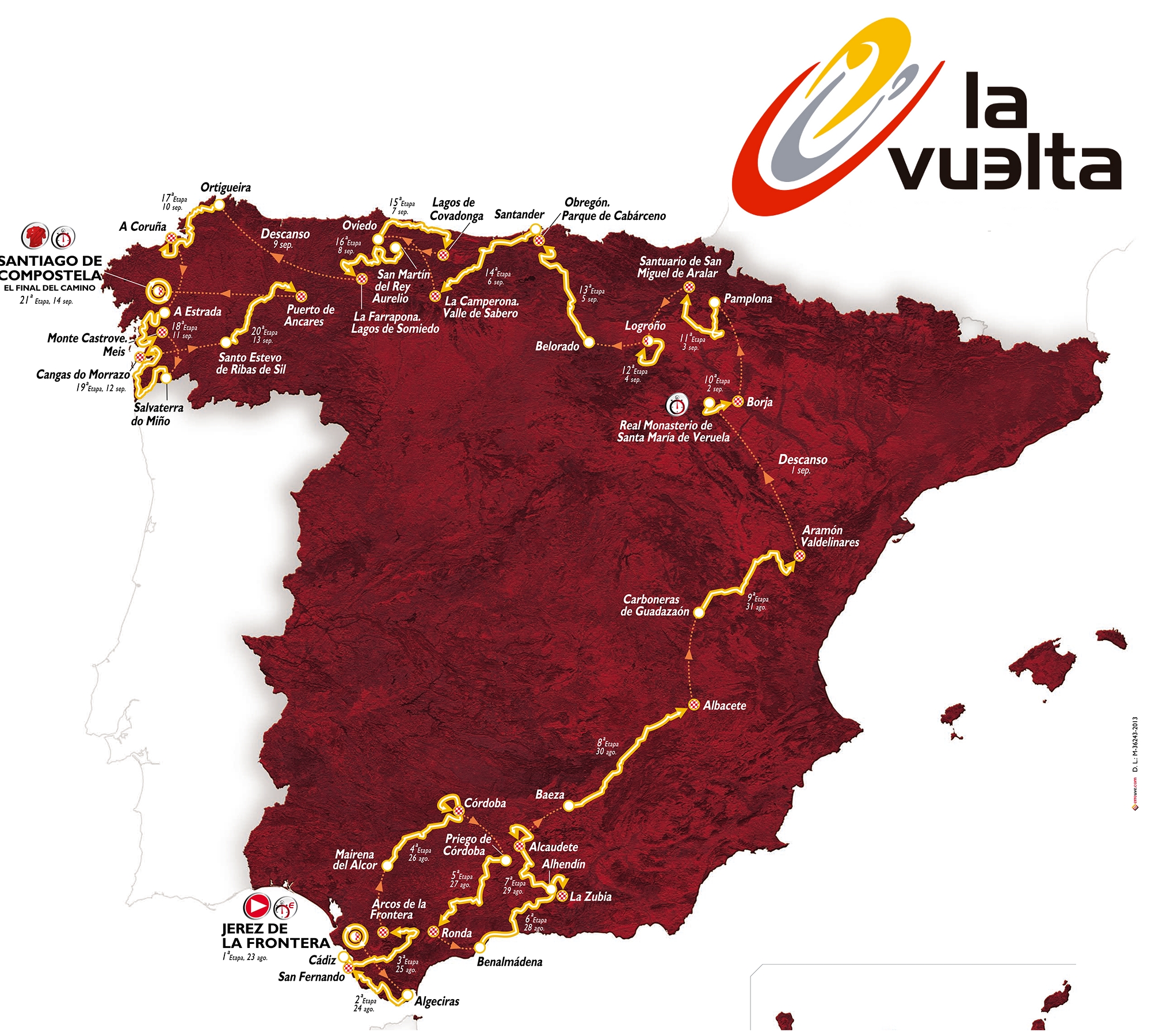

 Companies
Companies
 Financial
Financial
 Economy and trade
Economy and trade
 Geography
Geography
 History
History
 Art
Art
 World Heritage
World Heritage
 Music
Music
 Performing Arts
Performing Arts
 International cities
International cities
 Important port
Important port
 Architecture
Architecture
 Religion
Religion
 Sport
Sport